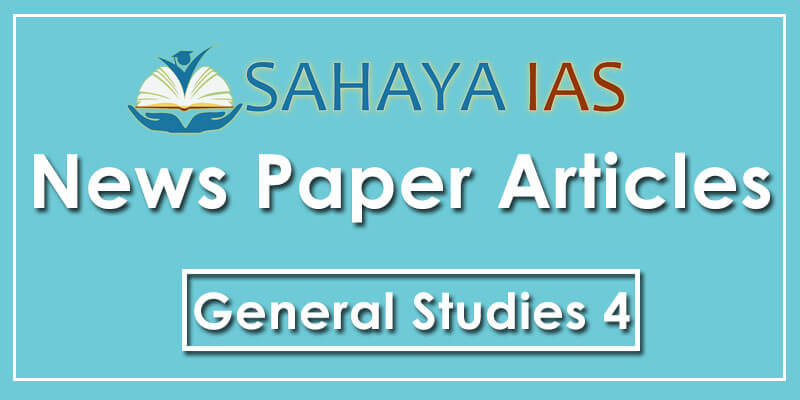Highlights
- India was first confronted with this problem in the early days of the republic when a mixture of Jammu unrest and religious politics brought down one of the strongest attempts to bring a permanent resolution to the Kashmir problem. This was the Jammu Praja Parishad (JPP) agitation which went on for nearly a year in 1952-53.
- In July, both sides signed the 1952 Delhi Agreement establishing the federal framework for India and J&K
- The JPP, a local Hindu party founded by RSS leader Balraj Madhok in 1947, took to the streets protesting against the State government. The initial agitation was over Abdullah’s land reforms, which had adversely affected the landowners in Jammu. However, soon the agitation took on hues of hypernationalism. “Ek Vidhan, Ek Nishan, Ek Pradhan (One constitution, one flag and one Premier)” became the rallying cry.
- Under the leadership of S.P. Mookerjee, these parties launched a nationwide campaign in support of the Jammu agitators in February 1953. In May, Mookerjee travelled to Kashmir where he was arrested. He died of a heart attack a month later under detention.
- After Mookerjee’s death, he had to give in, issuing an appeal to the agitators in July. The protests were suspended shortly thereafter.
- Years of efforts by the Indian government to generate goodwill in Kashmir had been “washed away by this movement,” Nehru lamented. “Nothing more harmful to our cause in the State could have been done even by our enemies.”



Comments (0)